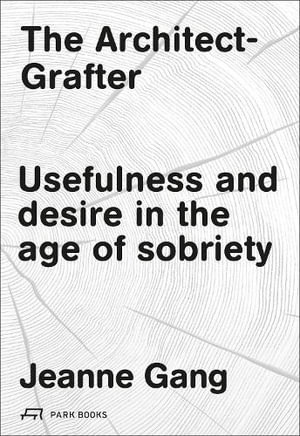
PublishedPark Books, May 2024 |
ISBN9783038603436 |
FormatSoftcover, 184 pages |
Dimensions24cm × 16.5cm × 1.7cm |
How can architecture respond effectively to climate change? Distinguished American architect Jeanne Gang proposes to apply the ancient plant-cultivation technique of grafting to the construction of buildings. Jeanne Gang, one of America's most distinguished contemporary architects, proposes using the ancient plant-cultivation technique of grafting in architecture and urban design as an effective way to address the pressing issue of climate change.
Grafting is the biological process of connecting two separate living plants so they can grow and function as one. Motivated by both human need and desire, it is an ancient practice that continues to be performed today in search of more fruitful, palatable, and resilient varieties of plants. Grafting is also an incredibly useful and untapped paradigm for how architecture can begin to cope with climate change on a larger, more impactful scale, because it is predicated upon the building fabric that we already have. Grafting can become a term that informs architecture and its many scales, provoking the imagination while simultaneously lending know-how to tectonic, programmatic, formal, and regenerative adaptations. AUTHOR: Jeanne Gang, born 1964, is an American architect and founder and leader of Studio Gang, an architecture and design practice with offices in Chicago, New York, San Francisco, and Paris. Gang was first widely recognised for the Aqua Tower in Chicago, the tallest woman-designed building in the world at the time of completion in 2009 and since surpassed by the nearby St. Regis (Vista Tower), also of her design. SELLING POINTS: . Jeanne Gang is one of the most distinguished contemporary architects in the United States . Gang's new programmatic book points the way towards an architecture that responds more fully and effectively to climate change . Highlights that the ancient plant-cultivation technique of grafting is also a highly useful model for architecture and urban design . Demonstrates Gang's approach through concrete projects, illustrated with previously unpublished images, plans, and diagrams 77 colour, 64 b/w illustrations

